In the course of business this week, I noticed that certain comments and interactions triggered hurt feelings.
Stress, high expectations, and a narrow focus often result in hurt feelings.
Of course, I understand that a little conflict is normal (or even beneficial). Yet, I guess I'm getting a little softer as I get older.
It doesn't take "intent" to hurt someone's feelings (or to have your feelings hurt). It can happen by a simple disagreement, a stubborn point of view, a dismissive comment, or even a judgmental look.
Sometimes, the catalyst can be part of effective strategies. And normally, people just brush off these smaller-scale disturbances with the excuse with: "I was angry"; or “I’m only human”; or "There is no place for cry-babies in business." Nevertheless, it’s important to remember that we should strive to be better.
To drive the point home further, here is the story of "The Nail in a Fence." While you might have seen it before, it is worth reading again.
Nail In The Fence:
 There once was a little boy who had a bad temper. His Father gave him a bag of nails and told him that every time he lost his temper, he must hammer a nail into the back of the fence.
There once was a little boy who had a bad temper. His Father gave him a bag of nails and told him that every time he lost his temper, he must hammer a nail into the back of the fence.
The first day the boy had driven 37 nails into the fence. Over the next few weeks, as he learned to control his anger, the number of nails hammered daily gradually dwindled down.
He discovered it was easier to hold his temper than to drive those nails into the fence.
Finally the day came when the boy didn't lose his temper at all. He told his father about it; and the father suggested that the boy now pull out one nail for each day that he was able to hold his temper.
The days passed and the young boy was finally able to tell his father that all the nails were gone.
The father took his son by the hand and led him to the fence. He said, "You have done well, my son, but look at the holes in the fence. The fence will never be the same. When you say things in anger, they leave a scar just like this one. You can put a knife in a man and draw it out. It won't matter how many times you say I'm sorry, the wound is still there."
A verbal wound is as bad as a physical one.
This story is a reminder to be mindful of cause and intent. Hope it helps.
Causing pain to others is one problem. Causing pain to ourselves is another.
Feeling and stoking anger is like taking poison and hoping the other person suffers. It isn't efficient or practical.
So, what about "Forgiving"?
It doesn't have to be forgetting.
Forgiving removes the valence (or charge) from a situation or memory.
It only takes a moment to create an emotional trigger (think about how you felt when you saw a high school bully in the hallway). It is simple, evolution and natural selection favored species that remembered and avoided danger. It is in our DNA. But avoidance isn't always a great strategy … especially when it is blocking the attainment of something beneficial.
Forgiveness is a way to disable or mute the emotional trigger (this is called "collapsing an anchor" in NLP). It's also a choice to move forward.
Forgiveness is also a release of "claim". When we are wronged, we expect an apology, retribution, restitution, or recognition. And until we get it, we are stuck, waiting for it. In a sense, forgiveness releases the stuck energy and makes it available for something else (hopefully, something better).
Forgiveness changes the route and allows you to move forward.
And I've found that good things happen more often when you are in motion.
Who or what do you need to forgive?
Onwards.
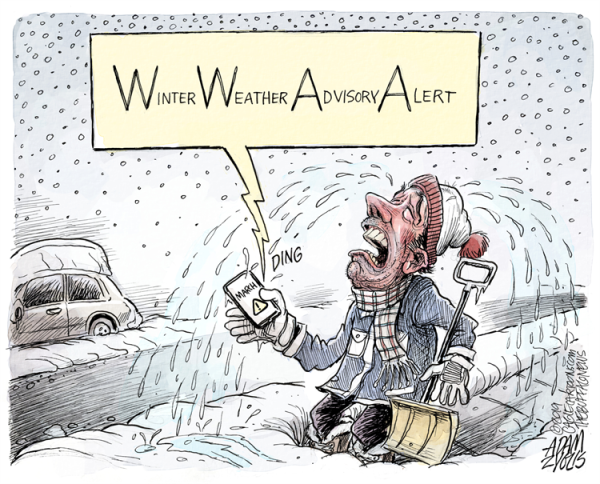



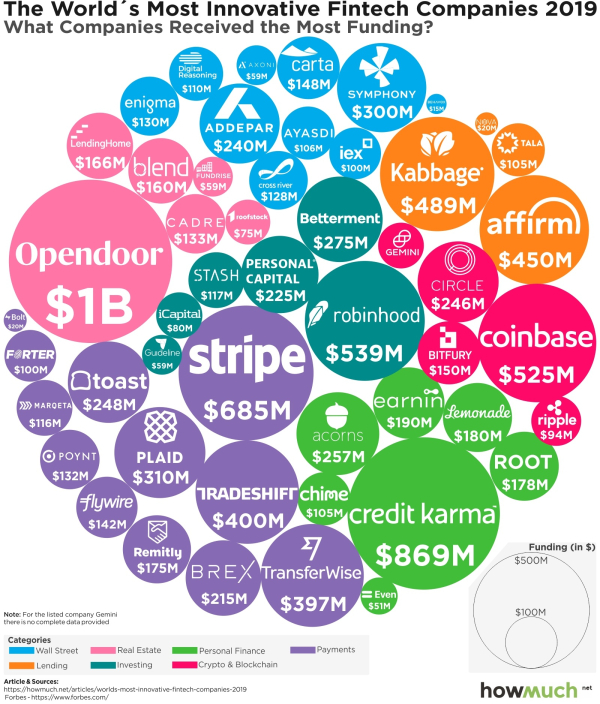
 via
via 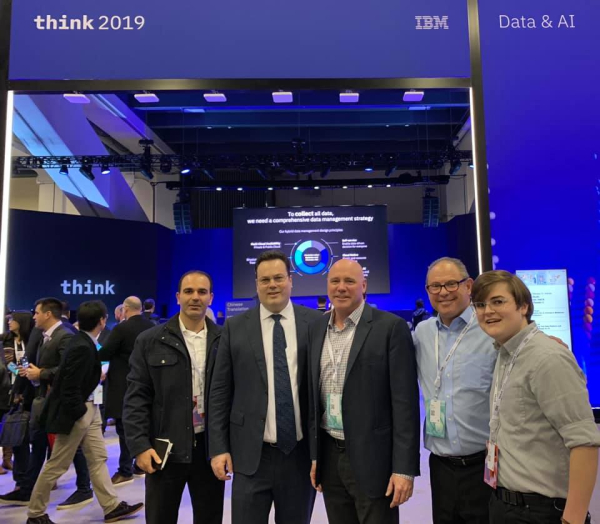
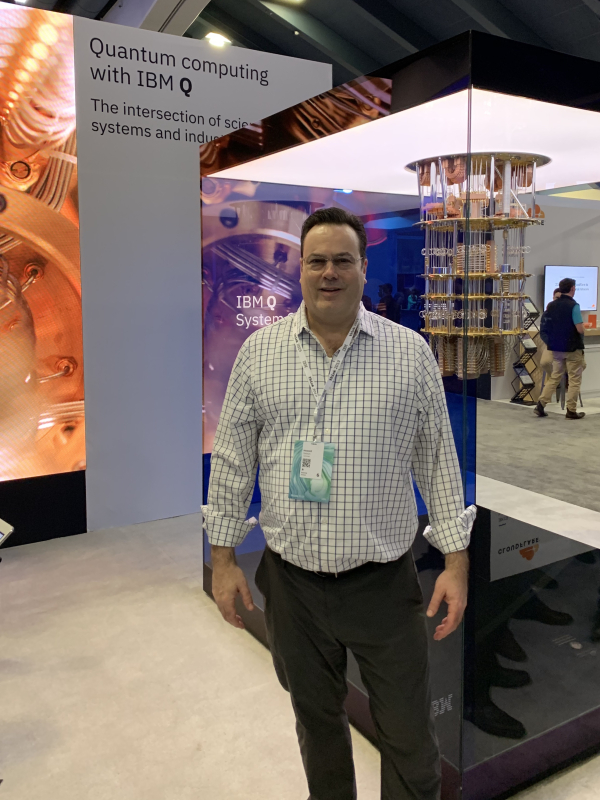

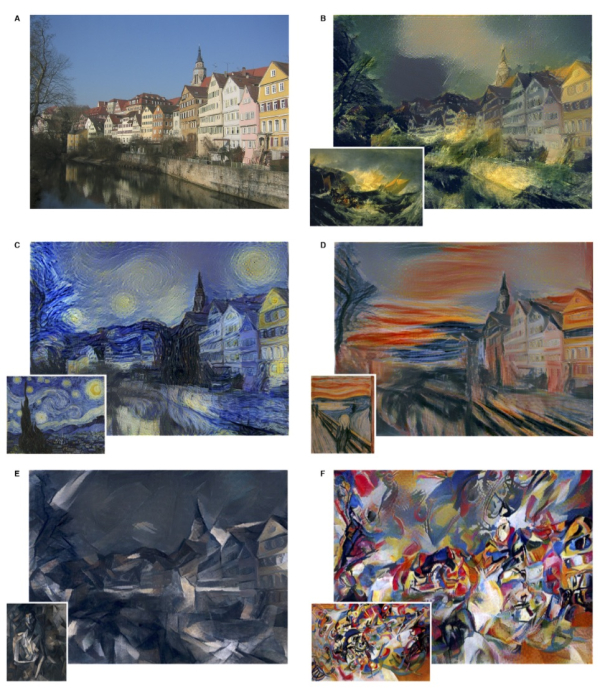 via
via 


